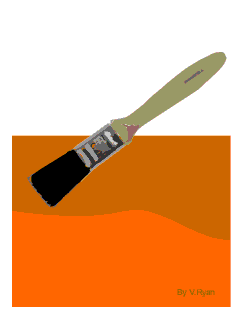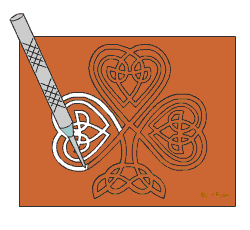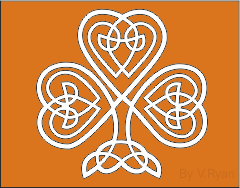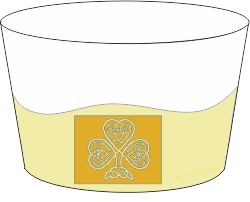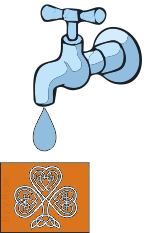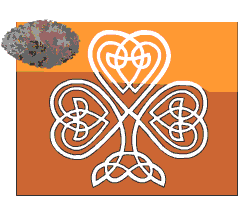Traditionally ‘etching’ is a process, whereby acid is used to slowly remove the unprotected surface of a metal such as copper. If carefully controlled, detailed patterns can be achieved (see examples below).
The pattern is produced by applying a ‘resist’ substance to the surface of the copper. The resist can be beeswax or shellac. A sharp tool such as a scriber, is used to ‘scratch’ a pattern into the resist, removing it where acid is to ‘eat into’ the surface.

When the drawing / ‘scratch’ is complete, the copper is placed in a suitable acid, in a glass container. The acid slowly dissolves the surface of the exposed copper, producing the pattern. This can take hours.
